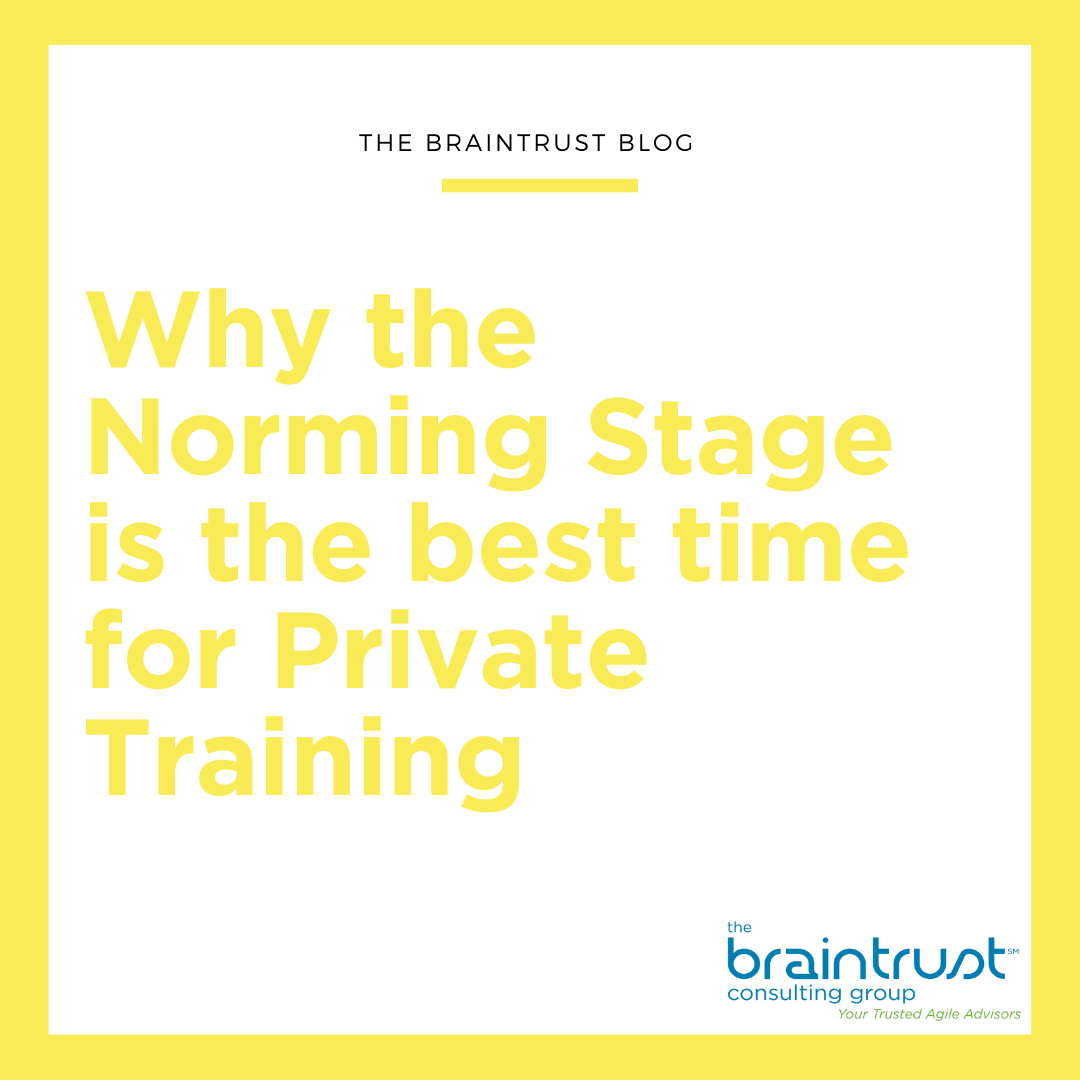One of the most important factors to making Agile successful within your Organization is strong communication. With proper communication, a Team can practice transparency, build trust, and discuss and overcome impediments.
One way to strengthen Team communication is through active listening, which means that the Team Member is not only listening to the other person, but also interpreting exactly what the person is trying to communicate.
What is Active Listening?
Level 1: Listen to Speak
This is the lowest level of listening and pretty much just comes naturally. Listening to speak has the most potential to create misunderstandings and often causes us to miss key information in conversations.
Most of us start here and remain here unless we are intentional about developing our listening skills. At this level, we are not really listening to others when they talk. Rather, while they are speaking, we are mostly just thinking about the next thing we want to say.
Level 2: Listen to Hear
At this level, we are actively paying attention to what the other person is saying. We are not thinking about what we want to say next or distracted by other things, we are totally focused on the other person. Most of us can get here in select situations if we are motivated.
A good example of listening to hear that most of us can relate to is when we are on a first date with a love interest; we tend to listen intently to their every word. The reason why we are able to do this in some situations but not in all is because our motivation to listen waxes and wanes depending on who we are with. If we truly want to become great listeners — and it will serve us well to do so — we have to motivate ourselves to listen intently to every person, not just some.
Level 3: Listen to Understand
This is the highest level of listening and few of us can get here without intentional practice. At this level, we are not only paying attention to what others are saying, but also to what they mean. People say things all the time but often fail to convey the underlying feelings or thoughts behind their words.
Becoming an Active Listener
There are five key active listening techniques you can use to help you become a more effective listener:
- Pay Attention
Give the speaker your undivided attention, and acknowledge the message. Recognize that non-verbal communication also “speaks” loudly.
- Look at the speaker directly.
- Put aside distracting thoughts.
- Don’t mentally prepare a rebuttal!
- Avoid being distracted by environmental factors. For example, side conversations.
- “Listen” to the speaker’s body language.
- Show That You’re Listening
Use your own body language and gestures to show that you are engaged.
- Nod occasionally.
- Smile and use other facial expressions.
- Make sure that your posture is open and interested.
- Encourage the speaker to continue with small verbal comments like yes, and “uh huh.”
- Provide Feedback
Our personal filters, assumptions, judgments, and beliefs can distort what we hear. As a listener, your role is to understand what is being said. This may require you to reflect on what is being said and to ask questions.
- Reflect on what has been said by paraphrasing. “What I’m hearing is… ,” and “Sounds like you are saying… ,” are great ways to reflect back.
- Ask questions to clarify certain points. “What do you mean when you say… .” “Is this what you mean?”
- Summarize the speaker’s comments periodically.
- Defer Judgment
Interrupting is a waste of time. It frustrates the speaker and limits the full understanding of the message.
- Allow the speaker to finish each point before asking questions.
- Don’t interrupt with counterarguments.
- Respond Appropriately
Active listening is designed to encourage respect and understanding. You are gaining information and perspective. You add nothing by attacking the speaker or otherwise putting her down.
- Be candid, open and honest in your response.
- Assert your opinions respectfully.
- Treat the other person in a way that you think they would want to be treated.



